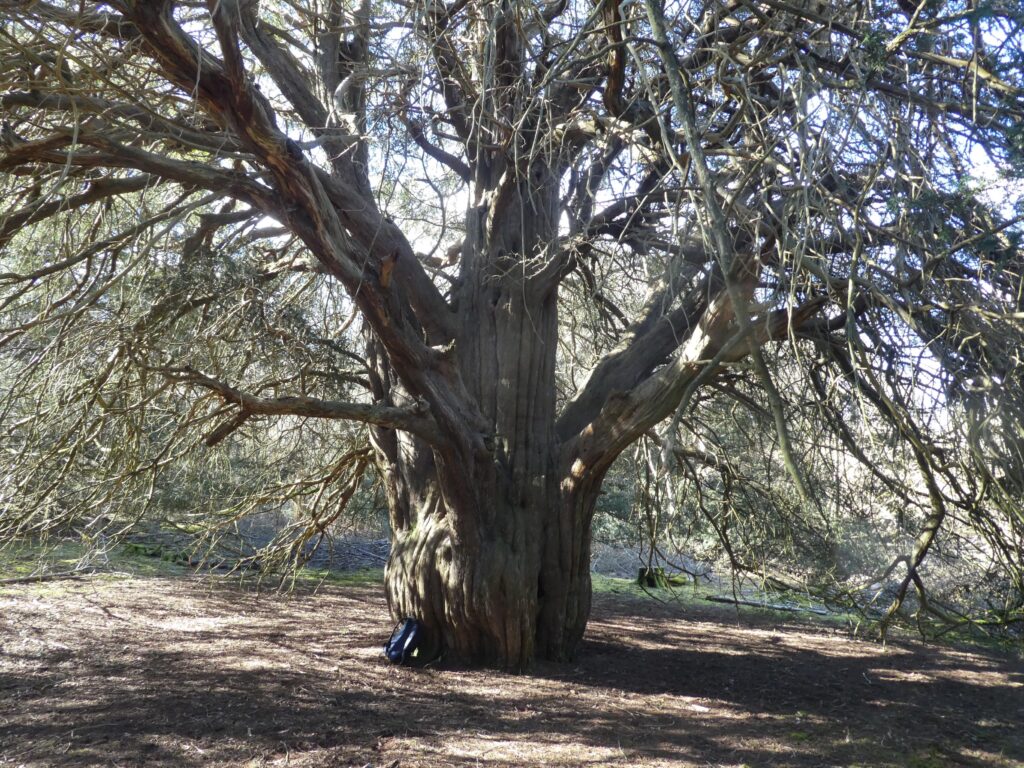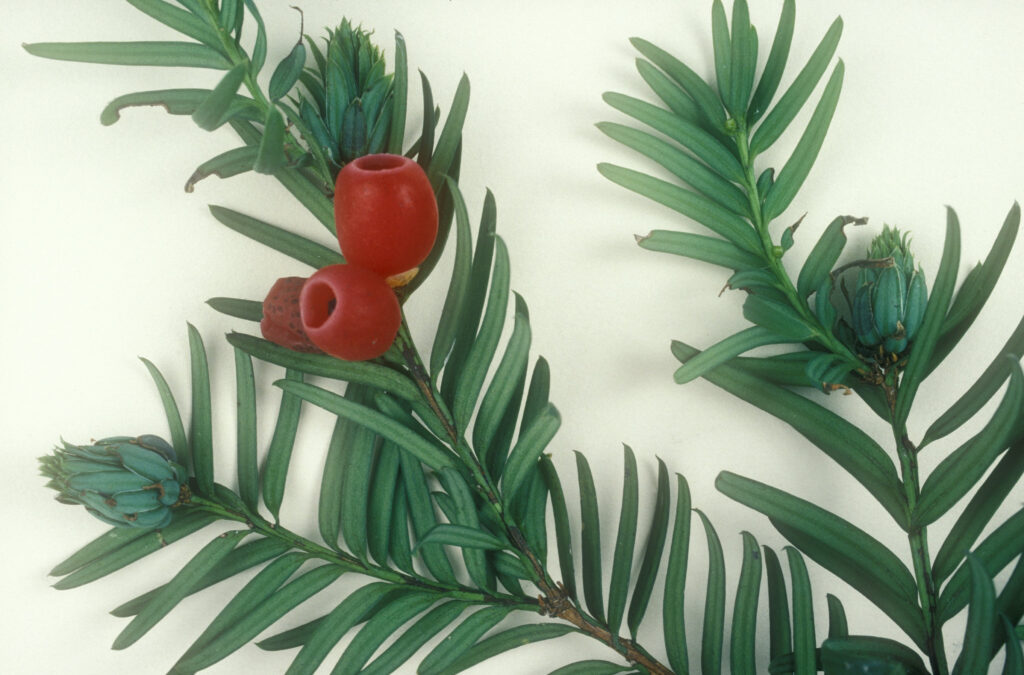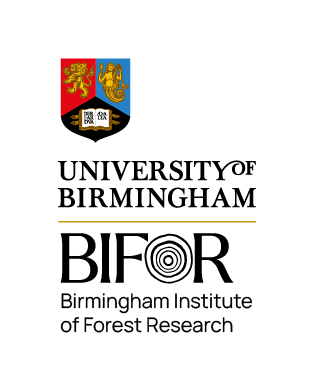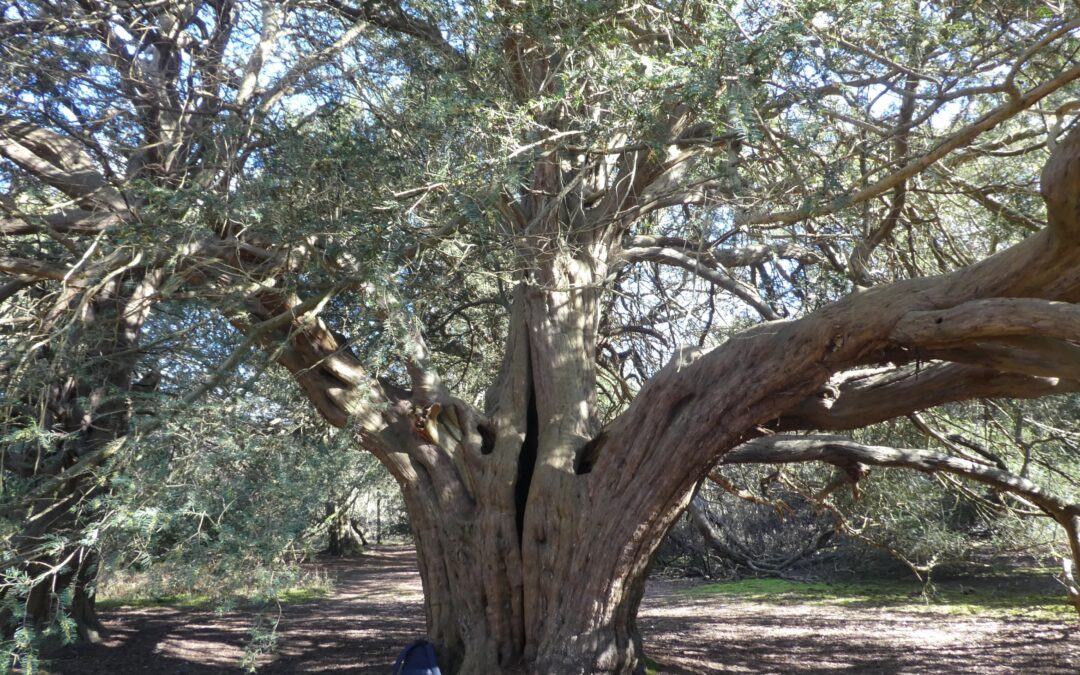As an evergreen tree, the yew is symbolic of everlasting life and rebirth. It was held sacred by Druids in pre-Christian times, and came to symbolise death and resurrection for the ancient Celts which continued into the Christian era; yew branches were carried on Palm Sunday and at funerals for many centuries. Today, ancient yew trees are often associated with churchyards.
Experienced Arboricultural Consultant, PhD student and CFP Researcher, Geoff Monck tells us about his research into the apparent long-term decline of ancient and veteran yew trees…
 My name is Geoff Monck, and I am a conservation arboriculturist, specialising in ancient and veteran tree management, and tree and soil health. Most of my work tends to be with our long-lived broadleaved species such as English and sessile oak, beech, sweet chestnut, field maple, hornbeam and limes.
My name is Geoff Monck, and I am a conservation arboriculturist, specialising in ancient and veteran tree management, and tree and soil health. Most of my work tends to be with our long-lived broadleaved species such as English and sessile oak, beech, sweet chestnut, field maple, hornbeam and limes.
But nine years ago, whilst working as a Trees and Woodlands Officer at Guildford Borough Council, I was lucky enough to find myself managing one of the most significant populations of ancient and veteran yew trees in England at Merrow Downs and Newlands Corner in Surrey.
However, it soon became apparent that all was not well with the population.
Yew tree crowns appeared to be progressively thinning over time, and yellowing and dropping of older needles in response to dry spring weather was observed with increasing regularity. Once considered a stress response occasionally seen in the event of exceptional extreme spring/early summer drought events, this was occurring more frequently, and seemingly in response to much less extreme dry weather. It is now an annual occurrence in this population.
As a result, the number of years of retained needles is declining over time, along with the progressive death of whole small branches in the interior of the crown as they become completely defoliated; this pattern suggests that less productive foliage is preferentially shed by affected trees.

Partially defoliated ancient yew tree © Geoff Monck
Levels of the yew midge gall were also observed to be increasing steadily in affected trees; this increased from an estimated average of 5-20% of shoots on many trees nine years ago, to as high as 80-90% of shoots on many trees, over a seven-year period. This is another clear indication of increasing tree stress over time.
There have also been mortalities of several significant trees over the last 10-15 years. I started to investigate other local populations, and it soon became apparent that this was a widespread problem across yew populations in the southeast.
The unavoidable conclusion was that we appeared to be observing a widespread gradual decline of yew trees in the southeast of England. All indications are that this appears to be a complex, multi-factorial decline syndrome.

Yew branches with three artichoke-like galls caused by the larvae of the Yew gall midge (Taxomyia taxi). © Forestry Commission/George Gate.
Yew Health Working Group
So, I set up the Yew Health Working Group, looking to investigate the decline, with Dr Andrew Hirons (Myerscough College) as our academic lead. We managed to obtain some limited funds from a few donors to carry out a small pilot study to investigate what types of ‘Internet of Things’ (IoT) vitality monitoring equipment would work best for yew trees. IoT tree vitality and soil monitoring devices send regular readings over the internet, enabling us to collect, and monitor in real time, a continuous dataset on various parameters related to tree stress and soil biological function.
Research collaboration and funding
Armed with the knowledge from the pilot study, we approached The Birmingham Institute of Forest Research (BIFoR) and the Centre for Forest Protection (CFP) to see if they would host and fund a PhD research project to investigate the decline. The CFP agreed to fund the project, which started in April this year, with me as the PhD student. The project comprises a collaboration between:
- Prof Rob Jackson (BIFoR)
- Prof James McDonald (BIFor)
- Dr Caroline Gorton (Forest Research)
- Dr Andrew Hirons (University Centre Myerscough)
- The Centre for Forest Protection
- and Treecosystems Ltd (my arboricultural consultancy company).
The research aims to improve our understanding of the distribution and severity of decline in England, and the relationship between the condition of the yew trees, their soil, and microbiome. It is one of the first research projects in England to utilise state-of-the-art IoT tree and soil monitoring equipment.
This collaborative research is a positive step towards protecting this important species for the future.
You can find out more about the project here: Researching complex yew decline – Centre for Forest Protection.
 |
 |
 |
 |
